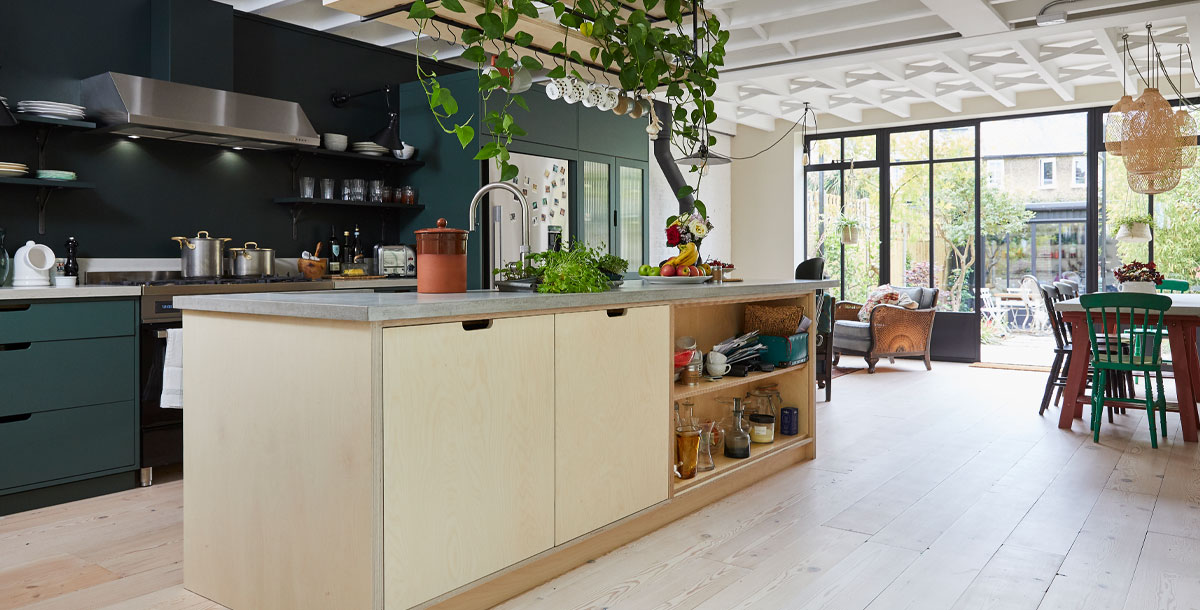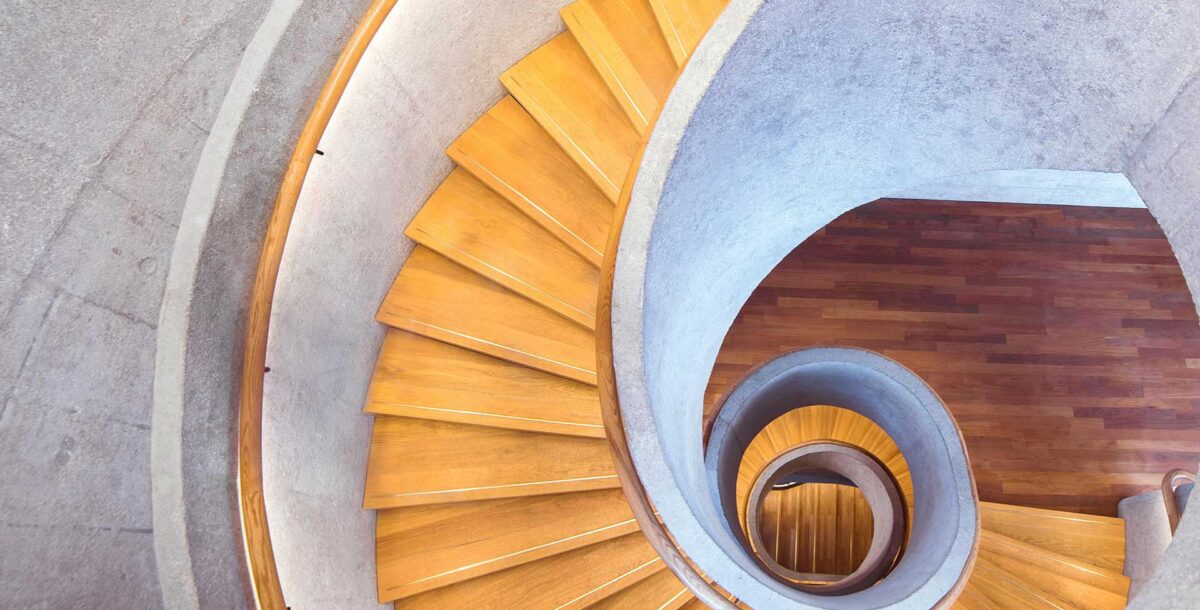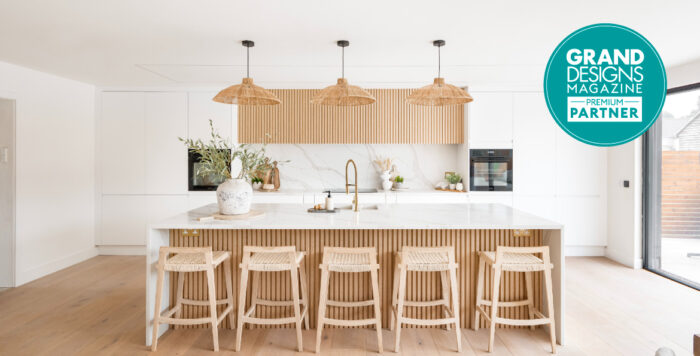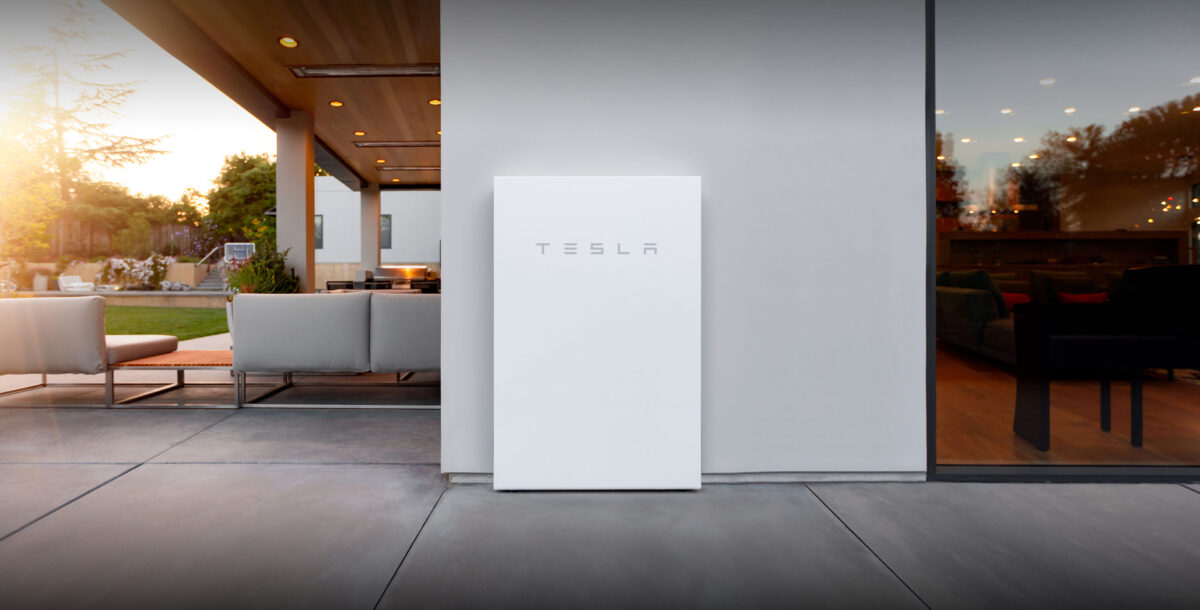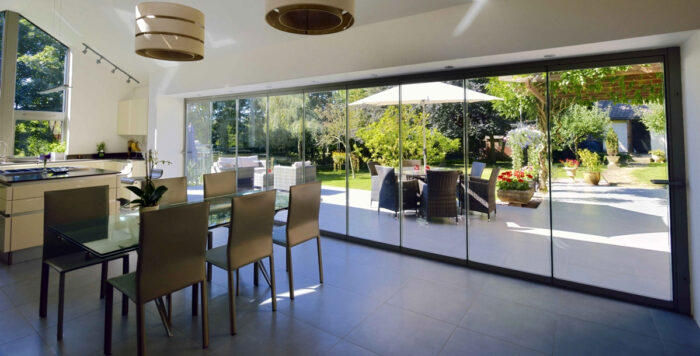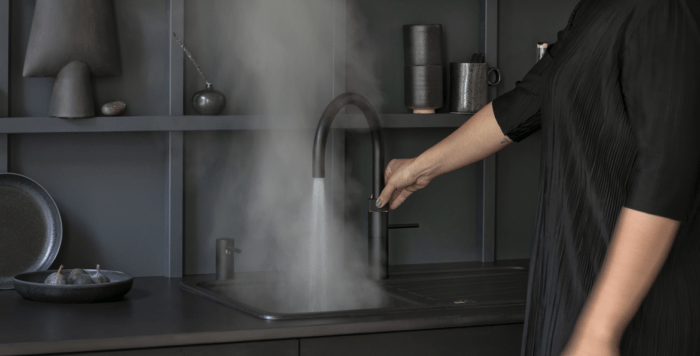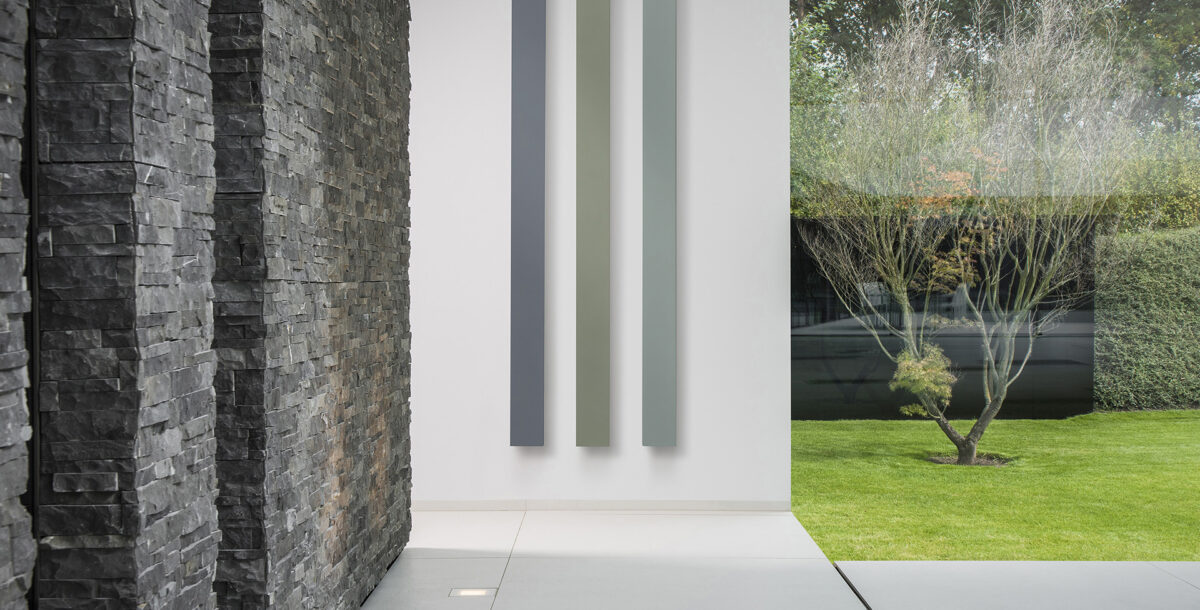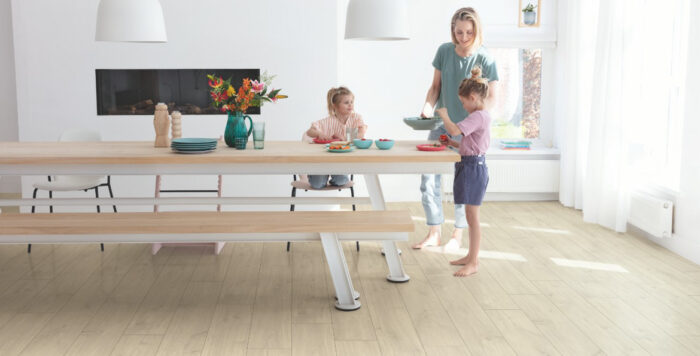10 eco-friendly kitchen design ideas
Limit the environmental impact of your new scheme with these sustainable measures
As climate change continues to hit the headlines, taking eco-friendly kitchen design into consideration when planning a self-build or renovation is more important than ever.
From the construction methods and materials used in the build to long-term sustainability implications and energy-efficient appliances, there are plenty of ways to lower your kitchen’s carbon footprint. Advances in design and technology mean there’s no need for environmentally friendly choices to impact design and functionality. Take a look at these stylish eco-friendly kitchen ideas.
1. Brief your architect
Brief your team that eco-friendly kitchen design is important to you. If your architect and build team know from the outset that limiting emissions and maximising energy efficiency is a priority, they can plan and source materials accordingly.
Do your own research, too. Declare, from the International Living Future Institute, is a labelling initiative with a free searchable database of products detailing the materials and chemicals used.
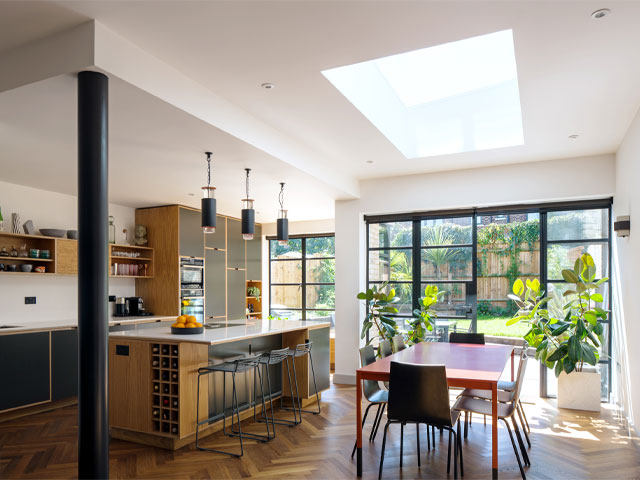
Bespoke oak-veneered birch plywood kitchen, Uncommon Projects. Low-emission double-glazed steel doors made with 98% recycled steel, Clement Windows
2. Reclaim and re-use
Using reclaimed and salvaged materials and furniture prevents perfectly good items going to waste. It also means fewer resources are used – both natural resources and energy – helping you to create an eco-friendly kitchen.
Source reclaimed materials for your kitchen from specialist dealers, salvage yards or kitchen companies giving old things a new purpose. Note that reclaimed doesn’t necessarily mean ‘rustic’ – companies like the Used Kitchen Exchange and The Used Kitchen Company buy high quality cabinetry and worktops from owners replacing their kitchens and re-sell them at discounted rates, meaning you can get a higher spec kitchen for your money.
If you’re ripping out your kitchen, think about offering it to one of these companies, or list locally, donate it to a charity or give it away on Freecycle.
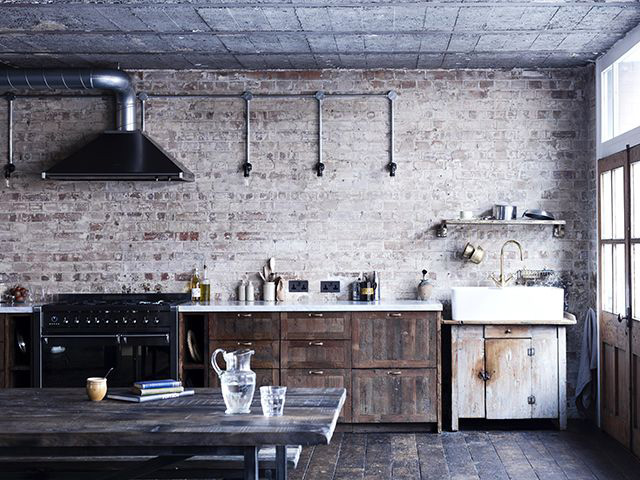
Kitchen cabinets made from salvaged pine boards by Mark Lewis Interior Design
3. Buy secondhand
Similarly, ex-showroom display and used high-end kitchens are available from companies that specialise in sourcing quality second-hand furniture and fittings. Where possible, go and see the kitchen before buying, and opt for a dismantling service and professional fitting.
Alternatively, consider updating the carcasses of your current kitchen cabinets with replacement doors and handles. An unfitted kitchen with freestanding units has a rustic charm and can be updated more easily than a fitted scheme, avoiding the need to rip everything out and start over.
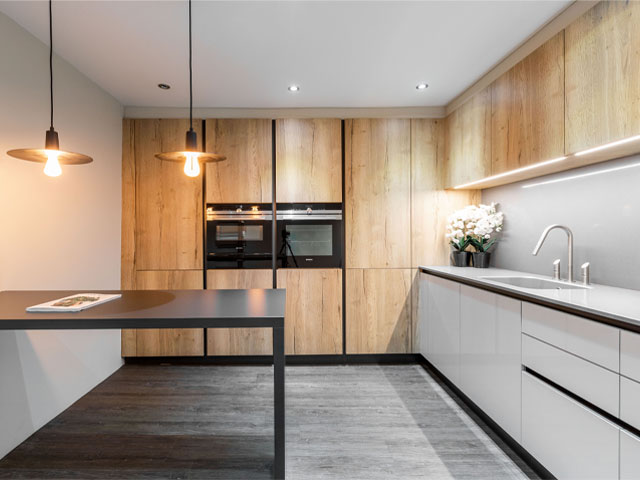
Ex-display Schuller kitchen with breakfast bar, worksurfaces and appliances from The Used Kitchen Company
4. Recycled content
Recycling is key in minimising the amount of material sent to landfill, but virgin materials also use more energy to manufacture than recycled ones. Companies across the homes and interiors spectrum have dedicated ranges for the eco-conscious, from cabinetry and flooring to lighting and tiles – and some brands are entirely dedicated to recyclable materials.
Look for composite worksurfaces and cabinet fronts formulated with recycled content, but also check that the materials are recyclable at the end of their life.
Many stainless-steel sinks are made from recycled materials and are fully recyclable at the end of their life (check out blanco.com and franke.co.uk). Similarly bronze or copper designs are very durable and can be recycled. The latest quartz composite from Schock uses 99% natural, renewable and recycled materials.
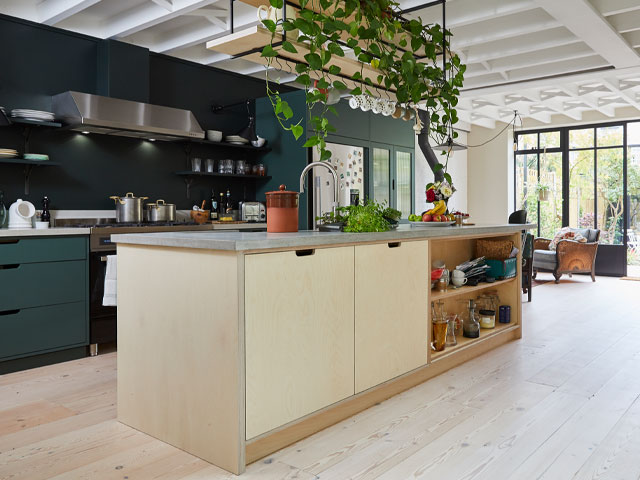
The Main Company, known for crafting beautiful kitchens from salvaged and reclaimed materials, also creates new designs from plywood
5. Sustainable materials
If opting for timber for flooring or cabinetry, look for FSC-certified wood or plywood. Melamine Faced Chipboard (MFC) and Medium Density Fibreboard (MDF) can be eco-friendly, if made using recycled materials, while Ecoboard is even better as it’s made using compressed agricultural by-products. Bamboo is another great sustainable product, as it is so fast-growing.
Glass, terrazzo and many sintered stone or mineral-based quartz score highly in the recycled content stakes for eco-friendly worksurface and splashback options. EcoStone by Lochanna is made from 93% quarry stone waste, while AluSplash creates splashback made from re-used aluminium that’s 100% recyclable and Foresso timber terrazzo is made from a minimum of 65% waste material.
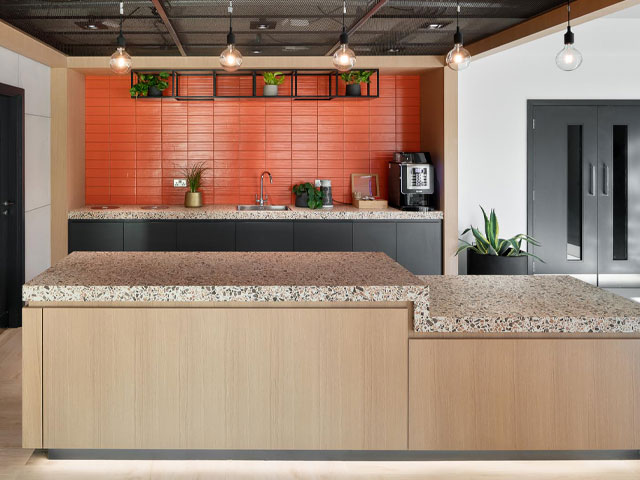
Foresso timber terrazzo is made from a minimum of 65% waste material. Photo: Tom Bird
6. Eco-friendly flooring
Responsibly sourced timber or stone and fast-growing bamboo will have minimal environmental impact. Cork is also well worth considering for an eco-friendly kitchen, since the bark of the cork oak regrows after being cut and can be harvested every nine years. Matter of Stuff offers a number of bio-based materials, including mycelium plank floor tiles made using fungus filaments, corn crops, rice straw, spent coffee grounds, discarded seaweed and clam shells. Consider biodegradable linoleum, too.
For a different look, resin can be used to replicate concrete flooring, without the environmentally taxing processes and huge quantities of water and chemicals needed to produce cement. You can also get EU Ecolabel-certified laminate flooring, and Cradle to Cradle certification is another good label to look out for.
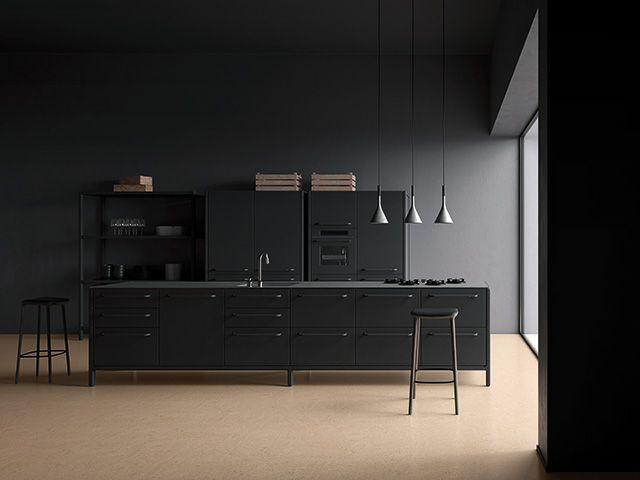
Cork is an organic, renewable product that acts as a natural sound- and thermal-insulator. Brands such as Granorte (pictured) use waste from other industries to make high-spec flooring.
7. Low or no VOC content
When released, volatile organic compounds, or VOCs, react with nitrogen oxides in the air to create fine particle pollution. VOCs can be present in building materials, flooring, composite wood products, and adhesives, as well as in some paints. Released slowly over time, VOCs not only have a detrimental effect on the environment, they can be a risk to your health.
Choosing materials with low or no VOC content is key for healthy homes, so ensure this is part of your brief. Also think about how your home will be ventilated to reduce the risks where products that emit VOCs have to be used.
Avoid products incorporating formaldehyde and look for composite materials such as MDF or plywood graded E1 to ensure low emissions. Greenguard Gold-certified products also have low chemical and particle emissions.
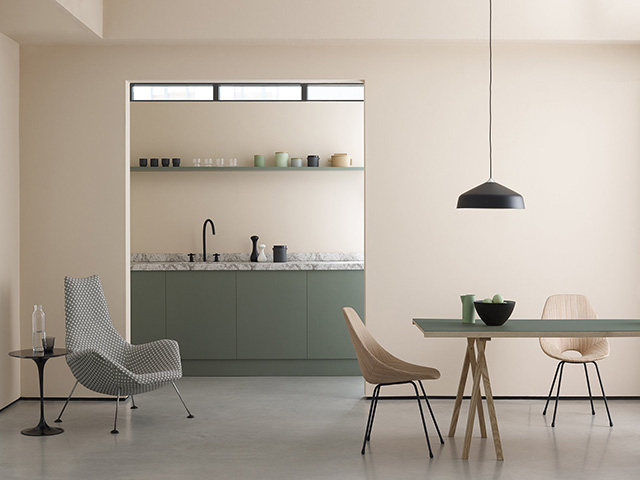
Earthborn’s Claypaint is virtually VOC free and contains no acrylic or oil
8. Green tech
Many modern advances in kitchen appliances are aimed not only at streamlining tasks, but making them more energy efficient too. A boiling water tap, for example, not only provides hot water on demand, but also aims to tackle the £68 million a year the UK wastes in electricity boiling kettles. Consider eco-taps, too, which have built-in flow limiters to reduce water use.
Cooking and cooling appliances are reducing the power consumption needed to run them, while innovations in cleaning appliances also seek to use less water. Every appliance will have an energy rating label to help you work out the cost of running it, with an estimated amount that it will consume – e.g. 150 kWh/annum. Multiply this rate by how much you pay per kWh, which you’ll find on your electricity bill.
The label will also compare water use, capacity and noise, depending on its category. Each has a rating from A+++ to D. Typically, choosing an A+++ fridge-freezer over an A+ unit will save about £200 in energy over the product’s lifetime. Look for the new E-label being phased in that rates energy efficiency and performance – this one runs from A up to G. Hobs without an integrated extractor aren’t rated. Induction hobs waste little electricity as they only heat up with a pan on top.
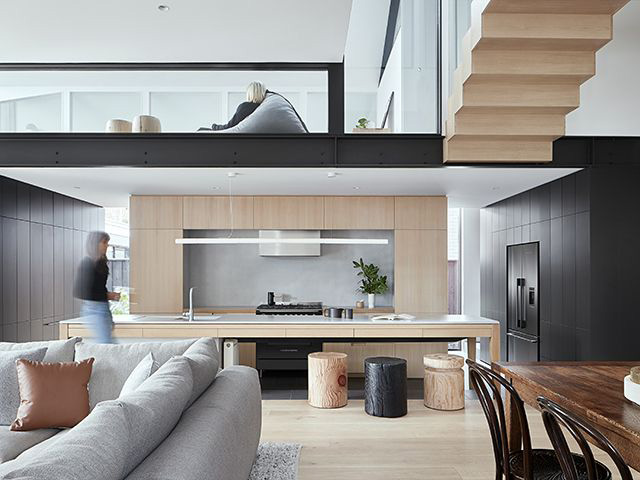
Fisher & Paykel’s ActiveSmart technology can help reduce the amount of energy used. Photo: Shannan McGrath
9. Energy-efficient lighting
Creating a detailed plan helps to ensure your lighting scheme is as eco-friendly as possible. When considering the layout, make sure key areas receive the most natural light. A rooflight or glass doors could provide ample daylight for a food preparation area, for example. When it comes to artificial illumination, swap any incandescent bulbs for LEDs, which are 75-80% more efficient. They also last 25 times longer. It will save you money in the long run and reduce waste.
Check the colour temperature as well as brightness of your LEDs – they will be available in shades from cool to warm. Generally, cooler tones are good to work by, while warm whites are better for creating a cosy feel. LED strips and tape are ideal for areas that are less focused on practical task work, such as around plinths and below shelves and worktops. Keep this decorative lighting on a separate circuit or dimmer, and be aware that you’ll need somewhere to house a transformer to power it.
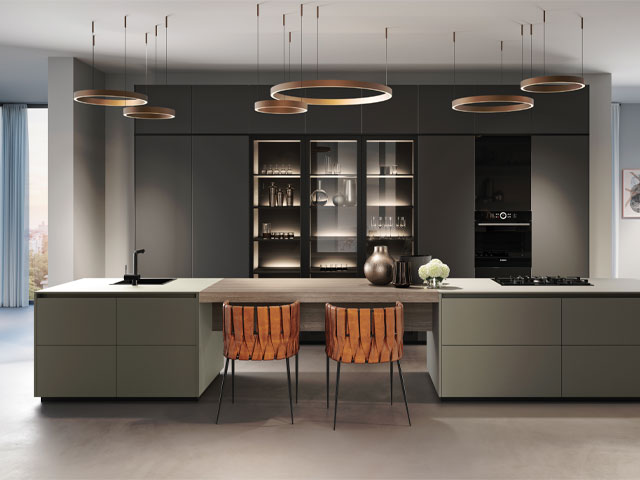
German manufacturer Rotpunkt offers customers the chance to make their kitchen 100% carbon neutral
10. Shop local
Choosing cabinets made in the UK, and with UK-sourced materials, reduces the carbon emissions associated with transportation over greater distances. Ideally, buy from kitchen suppliers close to your home that use local and sustainably sourced materials to reduce your project’s carbon footprint.
If you can’t shop local for your eco-friendly kitchen, check the ethical and eco policies of the company you’re buying from. Sustainable Kitchens aims to ‘ensure that our business practices respect environmental limits, avoid the depletion of resources, and recognise the interconnectedness of a healthy economy, society and the environment’.
The Main Company has a reputation for crafting beautiful kitchens from new, salvaged and reclaimed materials, while German manufacturer Rotpunkt offers customers the chance to make their kitchen 100% carbon neutral.
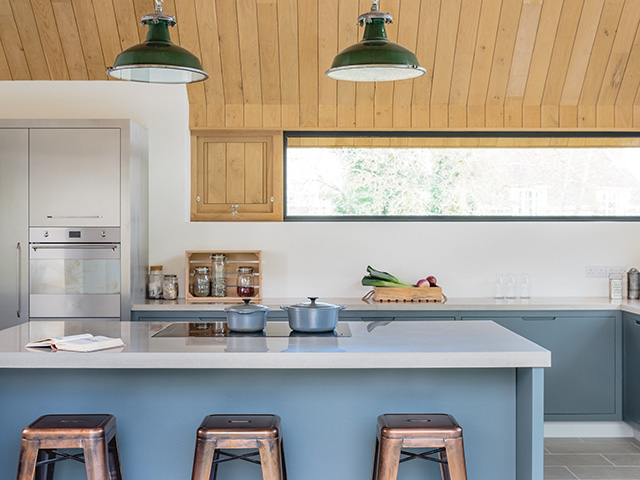
This bespoke kitchen by Sustainable Kitchens was made using local FSC-certified timber, E1 birch plywood, and water-based paints and varnishes

